Why Sales Teams Are Switching to VoIP
Think about the last time you had to manually dial a lead’s number. You pulled up the contact, copied the number, opened your phone app, pasted it in, hit call-then waited while it rang. That’s three steps and 15 seconds of wasted time. Now imagine doing that 50 times a day. That’s 12.5 minutes just dialing. Multiply that by your whole team, and you’re losing hours every week on something that should be instant.
VoIP changes that. It’s not just about cheaper calls-it’s about making every second count. With VoIP, your sales reps don’t pick up a phone. They click a name in their CRM, and the call connects. No typing. No switching apps. No dialing. Just talk.
Companies like Salesforce, HubSpot, and Bitrix24 now bundle VoIP directly into their platforms. That means when a lead fills out a form on your website, the system automatically assigns them to a rep-and the rep can call them in under 10 seconds. No delays. No missed opportunities. That’s the difference between a cold lead and a hot deal.
Click-to-Call: The Fastest Way to Reach a Lead
Click-to-call isn’t fancy tech. It’s simple: one click, call connects. But that simplicity is what makes it powerful.
Here’s how it works in real life. A visitor lands on your pricing page, fills out a form asking for a demo. Their info pops into your CRM. Right then, your sales rep gets a notification: “New lead: Jane Doe, SaaS company, viewed pricing for 3 minutes.” The rep clicks Jane’s name in the CRM-and the call starts. No dialing. No searching. No waiting.
Studies show sales teams using click-to-call respond to leads 10 times faster than those using traditional phones. And speed matters. According to research from Harvard Business Review, the likelihood of qualifying a lead drops by 400% if you don’t contact them within five minutes.
With VoIP, you’re not just faster-you’re smarter. The system pulls up Jane’s full history: past emails, website visits, even which pages she scrolled through. Your rep walks into the call already knowing what she cares about. No awkward “So, what made you reach out?” questions. Just smooth, confident conversation.
Power Dialers: Dialing 50 Leads in 10 Minutes
If your team does cold outreach, you know the grind: dial, ring, voicemail, dial again. It’s repetitive. It’s draining. And it’s inefficient.
A power dialer solves that. It’s an automated system that dials the next number as soon as the last call ends. No waiting. No manual input. If a rep finishes a 3-minute call, the system immediately dials the next lead-no pause. Some systems even skip voicemails and only connect live answers.
One sales manager in Madison told me his team used to make 80 calls a day. After switching to a VoIP power dialer, they hit 220. Not because they worked harder. Because they stopped wasting time dialing.
Power dialers also handle call distribution. If you have five reps, the system can rotate leads evenly. No one gets stuck with the “hard” leads. No one gets overloaded. And if someone’s on a call, the system holds the next lead until they’re free.
It’s not about replacing humans. It’s about removing the robotic parts of the job so reps can focus on what matters: talking, listening, and closing.
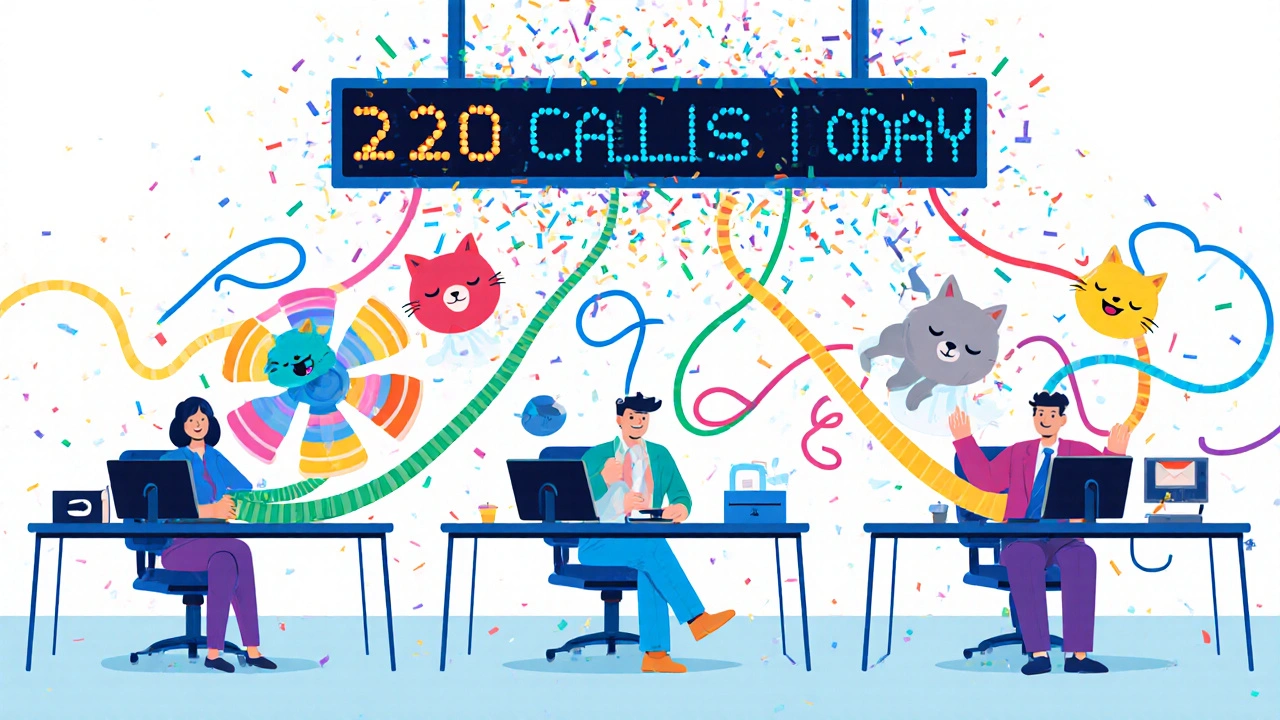
Automatic Call Logging: No More Manual Notes
How many times have you forgotten to log a call? Or typed the wrong notes? Or lost track of who said what?
Manual logging is a nightmare. It’s slow. It’s error-prone. And it kills momentum. One rep I spoke with said she spent 20 minutes after each sales call just writing notes. That’s 100 minutes a day. Five hours a week. That’s half a workday gone.
VoIP fixes this. Every call logs itself. Time. Duration. Number called. Whether it was answered or went to voicemail. Even the recording. All of it syncs to your CRM in real time.
And it’s not just basic data. Advanced systems tag calls with outcomes: “Interested,” “Not Ready,” “Follow Up in 2 Weeks.” Some even use AI to analyze tone and keywords-like if the lead said “budget” or “deadline”-and auto-suggest next steps.
That means your pipeline stays clean. Your reports are accurate. And your manager doesn’t have to chase you for updates. Everything’s there, automatically.
How VoIP Beats Traditional Phone Systems
Traditional phone systems? They’re expensive. They’re rigid. And they don’t talk to your CRM.
Setting up a landline system used to mean hiring a technician, running wires, paying for monthly line fees, and getting stuck with a phone that only works in the office. VoIP? You plug in a headset. Log in. Start calling.
Cost-wise, VoIP slashes expenses. Long-distance calls? Free within the U.S. and Canada. International? A fraction of what you’d pay with a carrier. No more surprise bills at the end of the month.
And mobility? Huge. A rep can take calls from home, a coffee shop, or while traveling. As long as they have Wi-Fi, they’re connected. No need for a second phone line. No need for a desk phone. Your whole team stays reachable, no matter where they are.
But the biggest win? Integration. Traditional phones are islands. VoIP is part of your sales engine. It talks to your email, your calendar, your CRM, your marketing tools. It doesn’t just make calls-it fuels your whole workflow.
What You Need to Get Started
You don’t need a tech degree to use VoIP. But you do need a few things:
- Stable internet: At least 100 kbps per call. Most home and office connections handle this easily.
- A CRM: Salesforce, HubSpot, Zoho, or Bitrix24. If you’re not using one, start here. VoIP won’t work well without it.
- A device: Laptop, smartphone, or VoIP phone. Most systems work with a headset and your computer’s mic.
- A VoIP provider: Ringy, CloudCall, OnSIP, or Dialpad. Look for ones that integrate with your CRM out of the box.
Setup usually takes less than a day. Most providers offer guided onboarding, video tutorials, and live chat support. Training your team? A 30-minute walkthrough is enough. The interface is intuitive-click, call, log. That’s it.
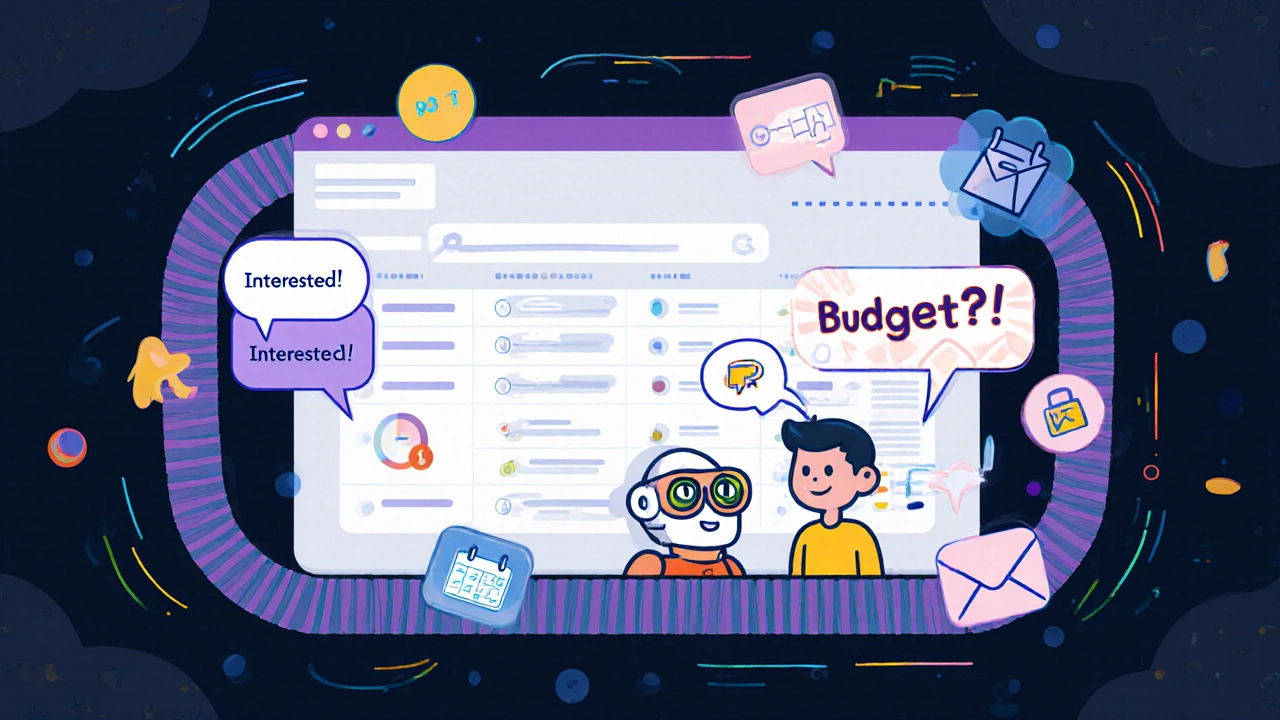
Common Mistakes and How to Avoid Them
Not everyone gets it right the first time. Here are the top three mistakes I’ve seen:
- Skipping CRM integration: Some teams buy VoIP but forget to connect it to their CRM. That defeats the whole purpose. Make sure calls auto-log. If they don’t, you’re back to manual work.
- Ignoring call quality: If your internet is shaky, calls drop or sound robotic. Run a speed test. Use a wired connection if possible. Avoid using VoIP on public Wi-Fi.
- Not training reps: People stick to what they know. If your team is used to dialing manually, they’ll resist change. Show them the time savings. Run a quick demo. Let them try it themselves.
Also, check local laws. Some states require you to notify callers if you’re recording. Make sure your VoIP provider complies with recording regulations in your area.
What’s Next for VoIP in Sales
VoIP isn’t standing still. The next wave is AI.
Soon, your system won’t just log calls-it’ll analyze them. It’ll tell you: “This script worked best with leads who asked about pricing.” Or, “Reps who used this opener closed 30% more.”
Some platforms already do this. They listen to calls, flag objections, suggest responses in real time, and even coach reps after the call. It’s like having a sales manager whispering tips into your ear.
And it’s not just about calls anymore. VoIP is tying into email, SMS, and even social media. One rep got a LinkedIn message from a prospect, clicked a button, and called them directly from the app-all without leaving their CRM.
This isn’t science fiction. It’s happening now. And if you’re not using VoIP, you’re already behind.
Do I need a special phone to use VoIP for sales?
No. You can use your computer, smartphone, or a regular headset with a microphone. Most VoIP systems work as software apps-you just log in and start calling. You can buy dedicated VoIP phones if you want, but they’re not required. Many sales teams use their laptops with a headset and save money.
Is VoIP secure for sales calls?
Yes, if you choose a reputable provider. Most business VoIP services use end-to-end encryption for calls and store data securely in the cloud. They comply with standards like GDPR and HIPAA if you handle sensitive data. Avoid free consumer apps like Skype for business calls-stick to platforms built for sales teams, like Dialpad or Ringy. They’re designed for security, not just convenience.
Can VoIP work with my existing CRM?
Most likely. Top VoIP providers like CloudCall, OnSIP, and Dialpad integrate directly with Salesforce, HubSpot, Zoho, and Bitrix24. Check the provider’s website for a list of compatible CRMs. If yours isn’t listed, ask if they offer API access or Zapier integration. Almost all modern CRMs support VoIP connections-it’s a standard feature now.
How much does VoIP for sales teams cost?
Pricing starts around $15-$30 per user per month, depending on features. Basic plans include click-to-call, power dialing, and call logging. Higher-tier plans add AI analytics, call recording, and SMS. Compare providers by what’s included-not just the price. Many offer free trials. Test it with your team before committing. You’ll save more on phone bills and lost leads than you spend on the software.
What if my internet goes down?
Most VoIP systems have failover options. If your internet drops, calls can route to your mobile phone or a backup line. Some providers even let you receive calls via SMS or email alerts. Always enable these backup settings during setup. It’s not perfect-but it keeps you connected. For critical sales teams, having a cellular hotspot as a backup is a smart move.
Final Thought: Stop Dialing. Start Connecting.
VoIP isn’t about upgrading your phone. It’s about upgrading your sales process. Click-to-call, power dialers, and automatic logs aren’t nice-to-haves-they’re the new baseline. Teams using them close deals faster, waste less time, and keep better records.
If your team is still manually dialing and typing notes, you’re working harder than you need to. The tools are here. The data is clear. The time to switch is now.


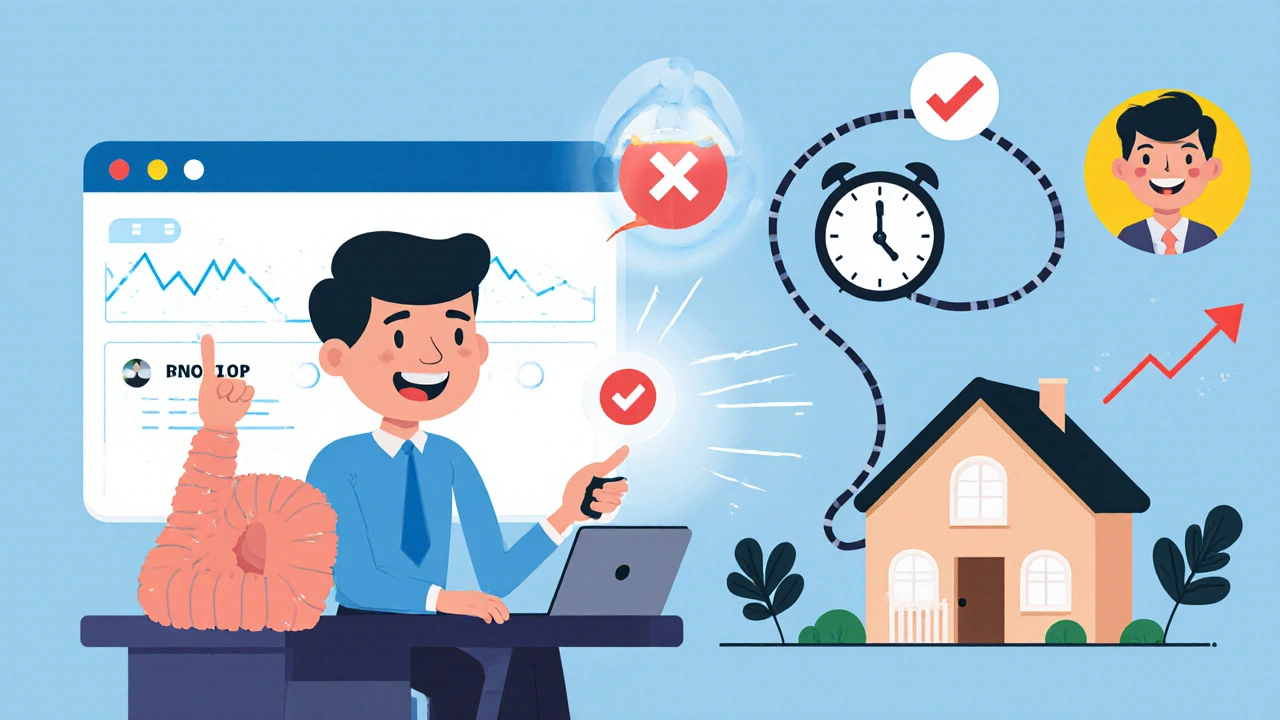
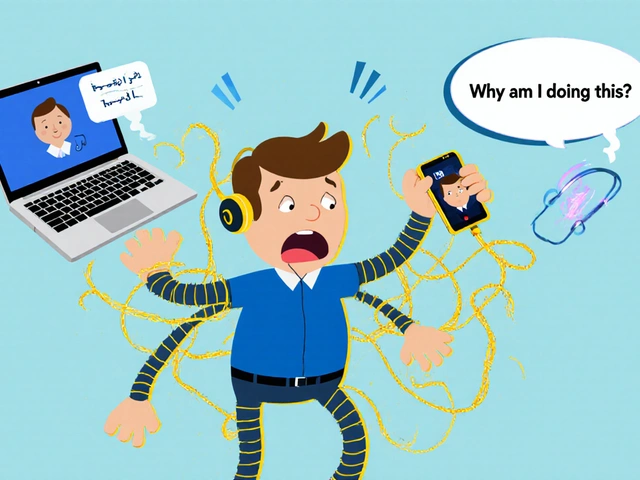
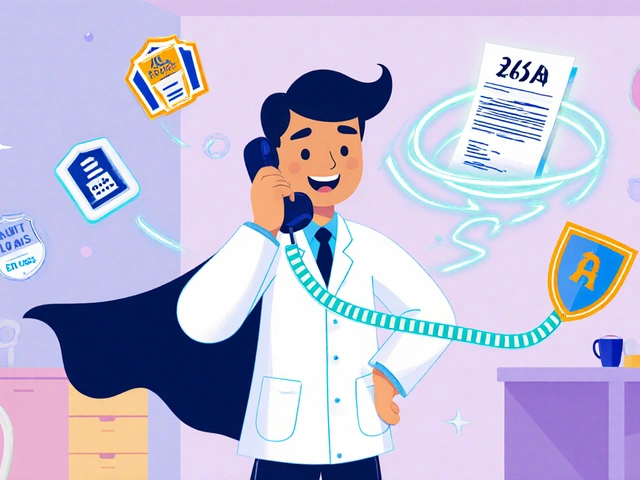
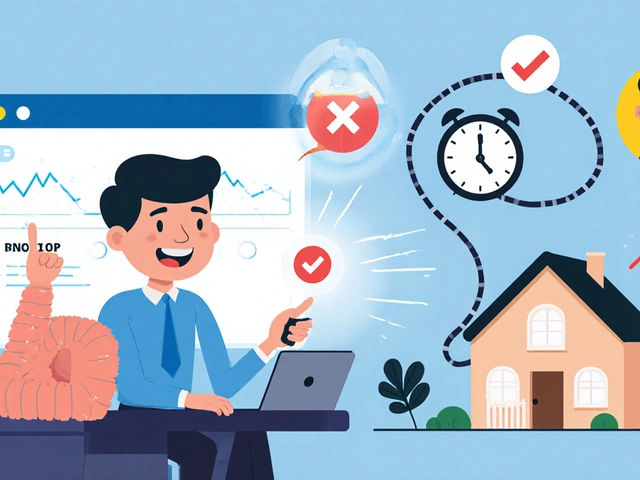



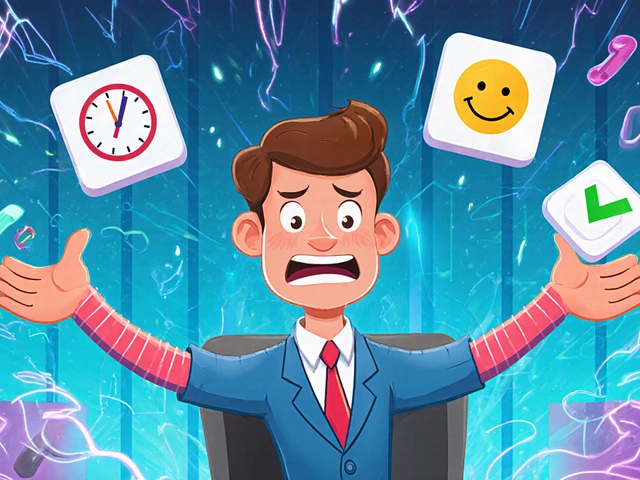
Write a comment